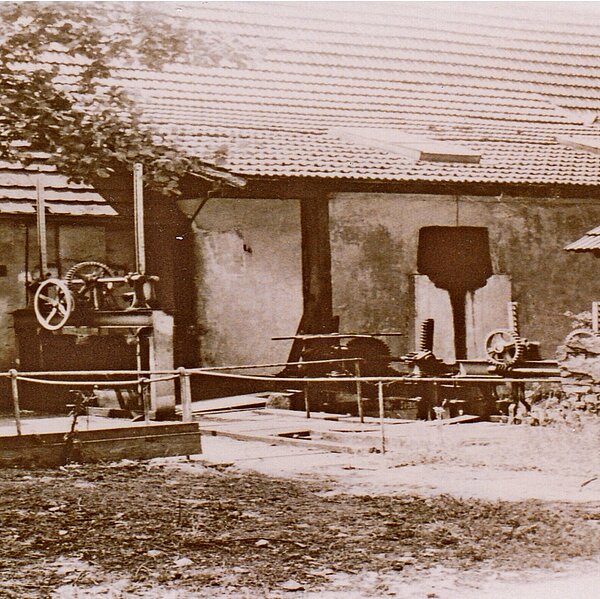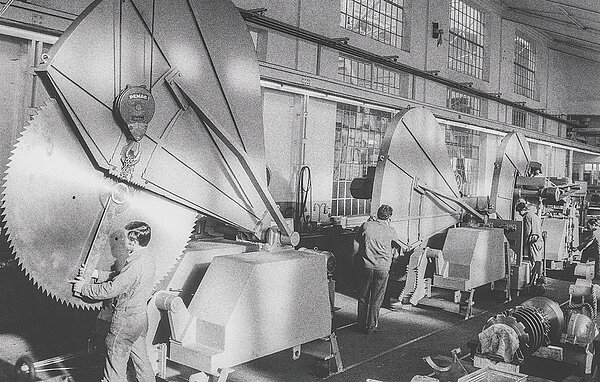- About LINCK
- Company history
Company history

The beginnings
Lorenz Linck from Fernach near Oberkirch builds a water-powered hammer mill.
At the end of the 18th century, "Linck can do that" was the saying when saws, fittings, scythes, nails or horseshoes were required in the Valley of the Rench in the Black Forest.

Foundation of the company
Anton Linck, already a trained mechanic, takes over the workshop and becomes the actual founder of the company. In addition to machines for sawmills, he also manufactures equipment for mills and breweries.

Handover
Anton Linck hands over the company to his five sons.
In official documents, Anton Linck soon is listed as a manufacturer in official documents - no longer as a hammer smith.
The company is renamed "Gebrüder LINCK, Maschinenfabrik, Oberkirch".

First period of growth
Major investments are made in a foundry and a model cabinet maker workshop.
By 1894, Adolf Linck's four brothers have left the company. The new company name:
„Gebrüder LINCK, Owner Adolf LINCK, Oberkirch“.

Start of industrial production
Adolf Linck hands over the company to his sons Max and Richard.
The company remains a family business.
The manufacture of machines for sawmills becomes increasingly important.

Focus on the sawmill industry
FRAMAG (Frankfurter Maschinen GmbH), the leading manufacturer of flooring machines, is taken over.
The focus is on machines for woodworking and the sawmill industry.

The reconstruction
Linck generates a turnover of 1.2 million Deutsche Mark with 180 employees, many of them returning from war.
After destruction and dismantling, reconstruction begins in 1948 under the management of Josef Traben, the first external partner and managing director, and Klara Linck (known as Mrs. Richard Linck).

Innovation leadership
With the manufacture and installation of the first profiling line worldwide, the company grows internationally to become a technology and market leader.

Growth
Linck takes over the company Esterer WD (EWD) and with it 260 employees and 43 million Euro turnovers.
Automation technology and digitalisation dominate technical development.